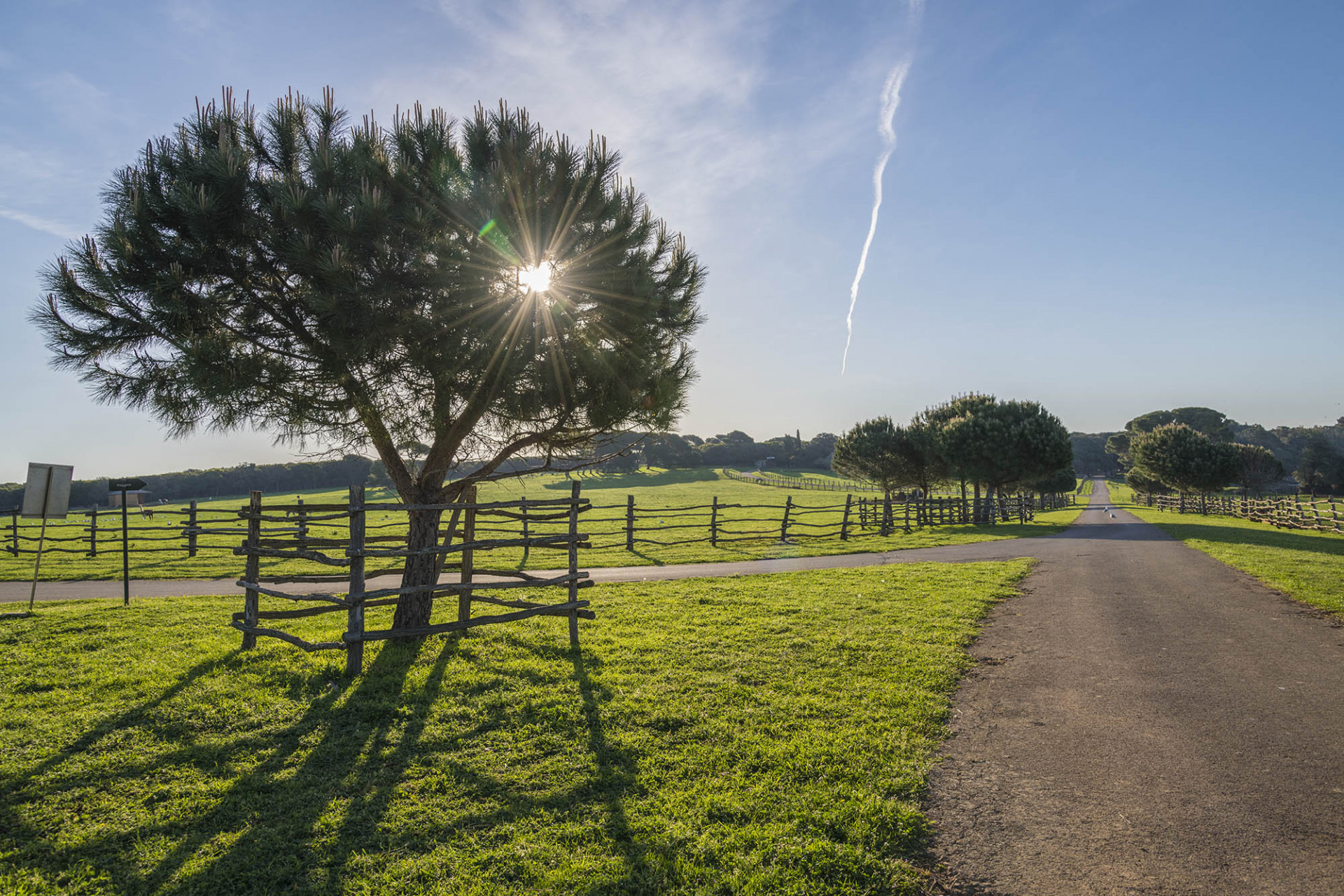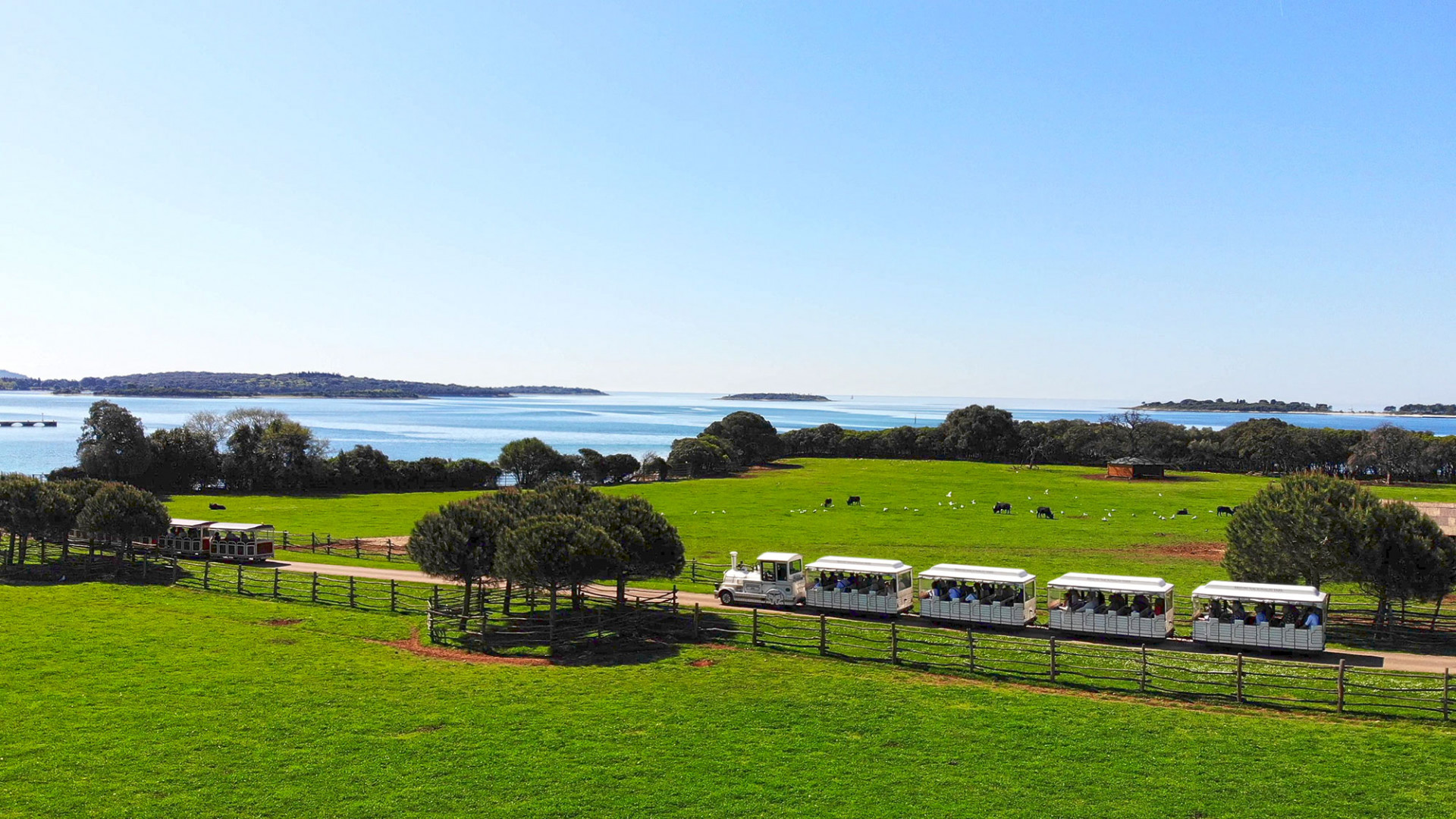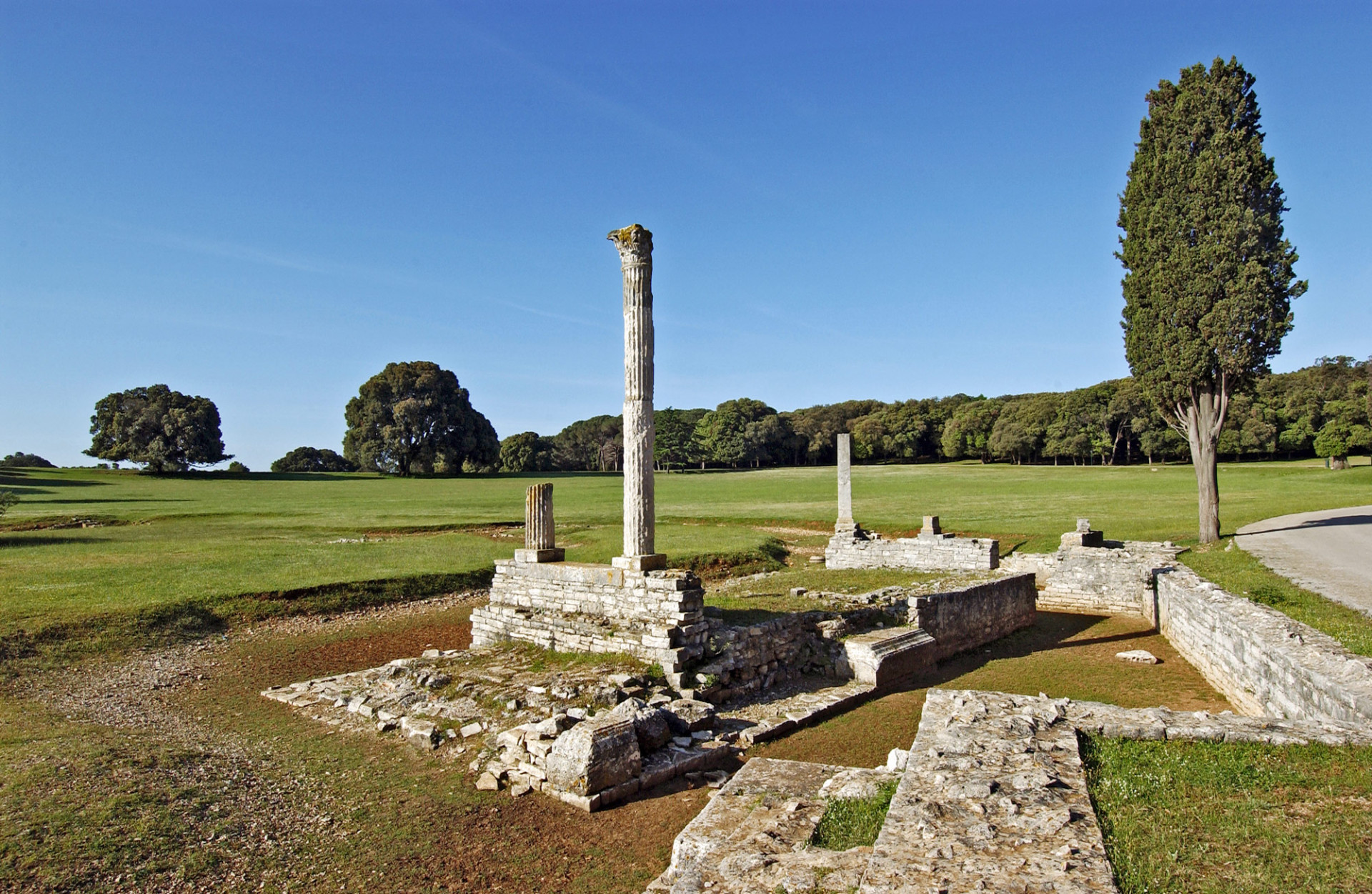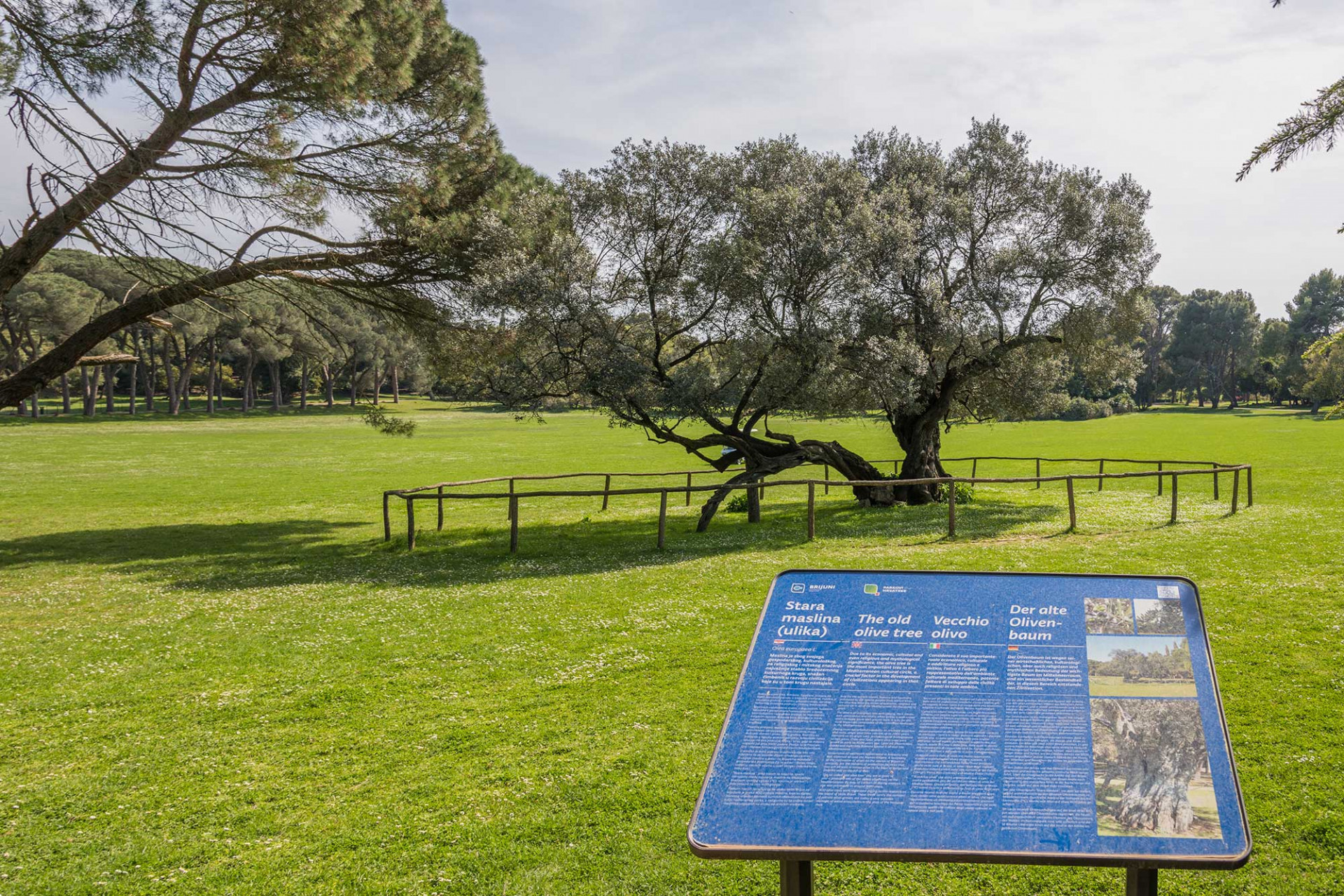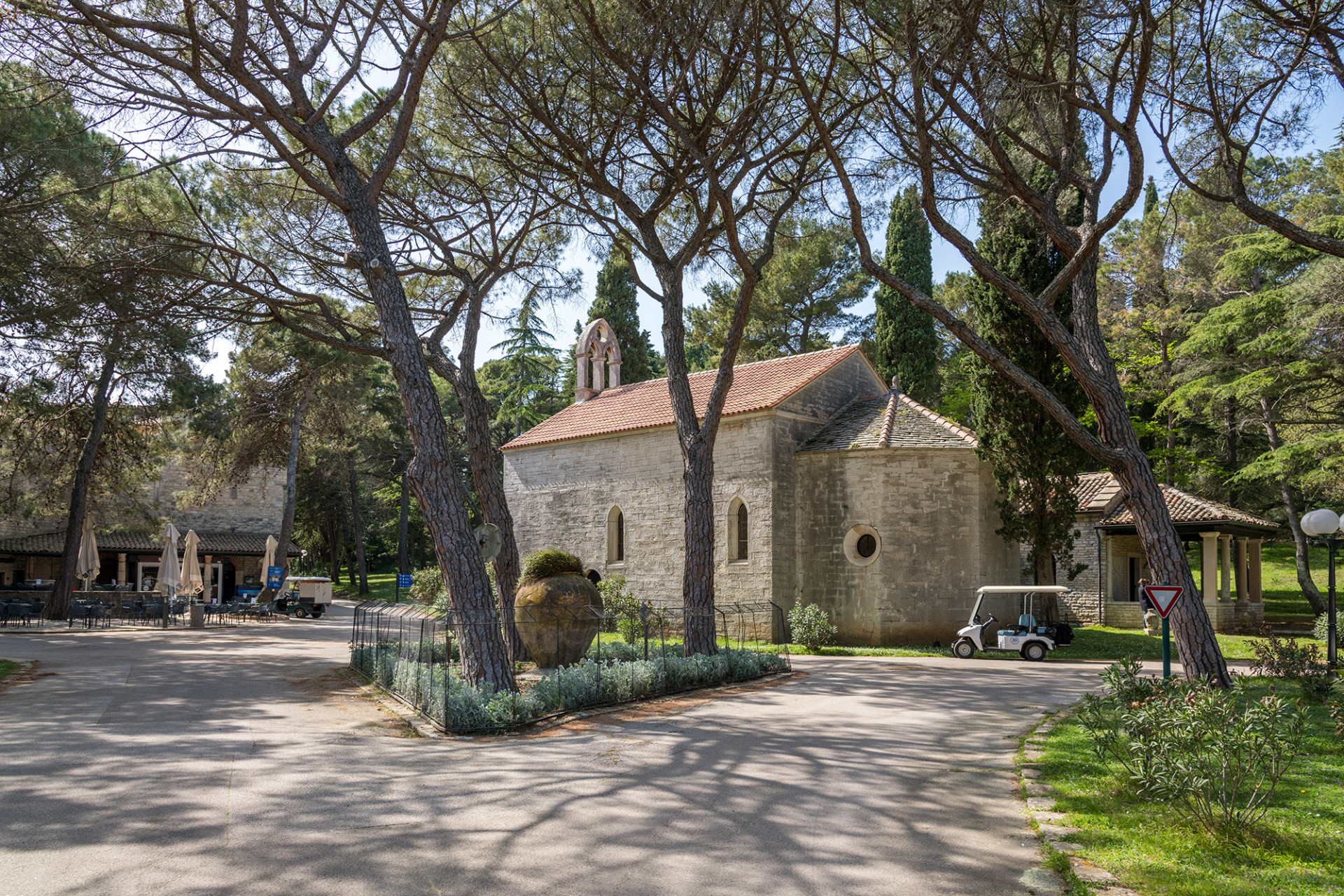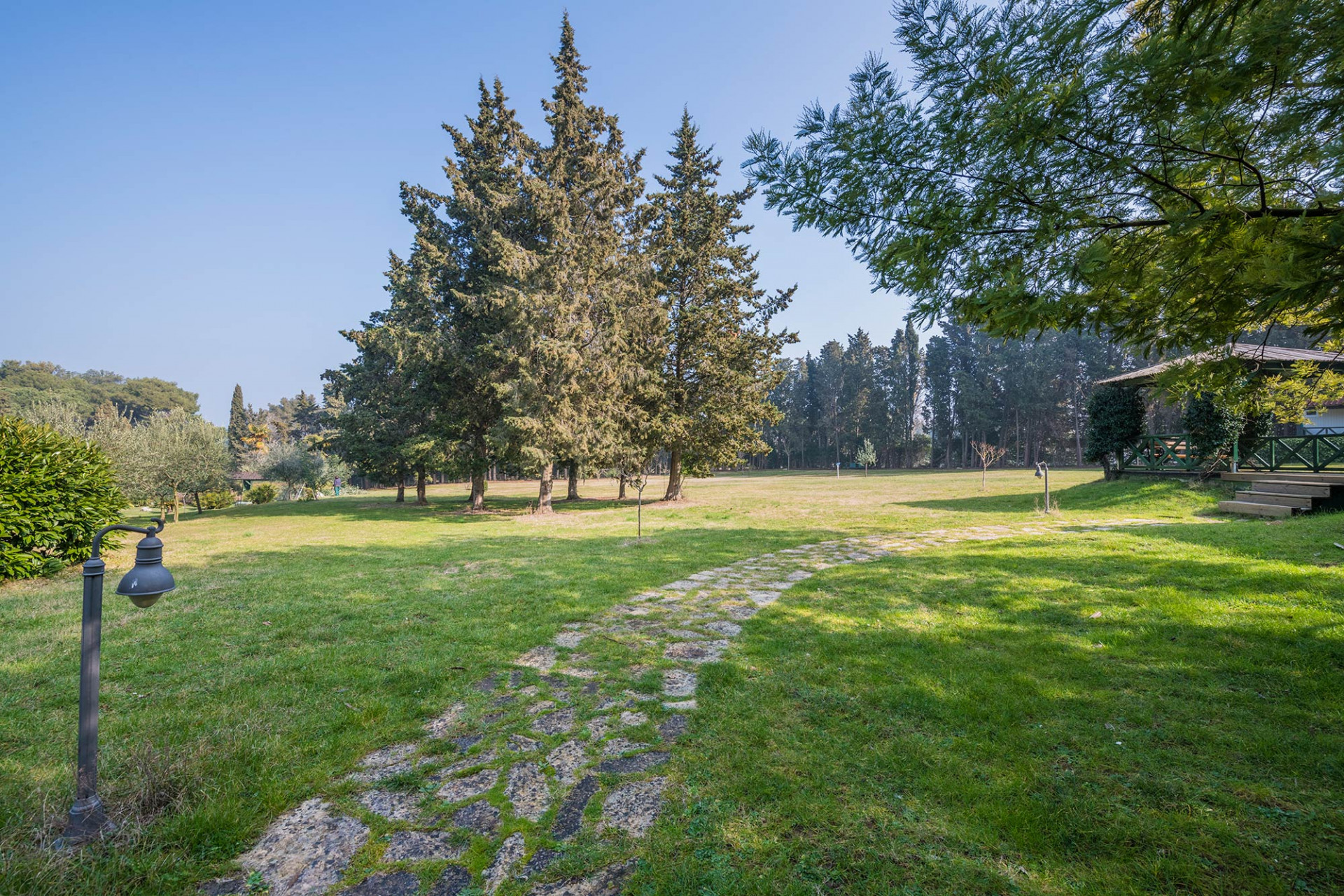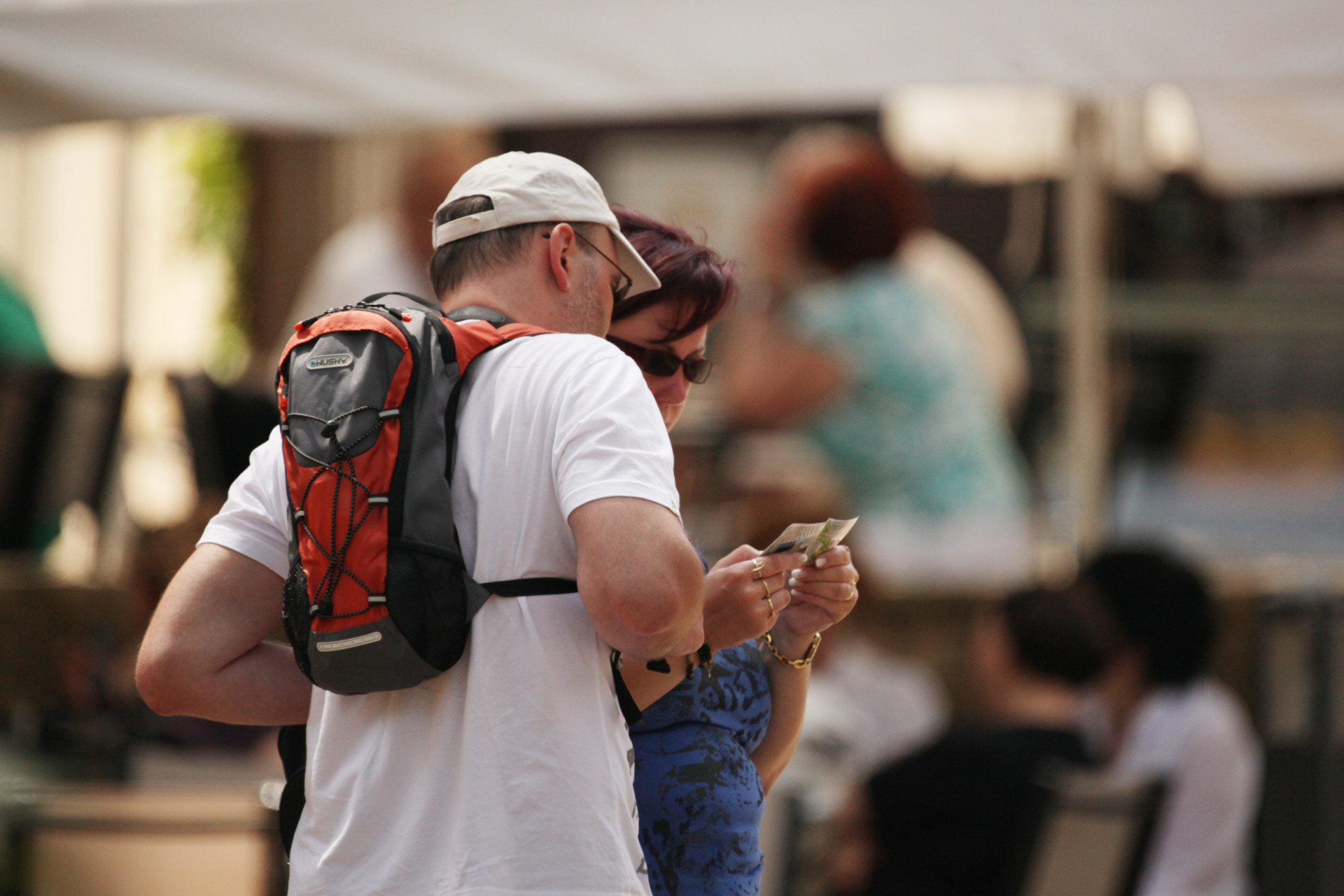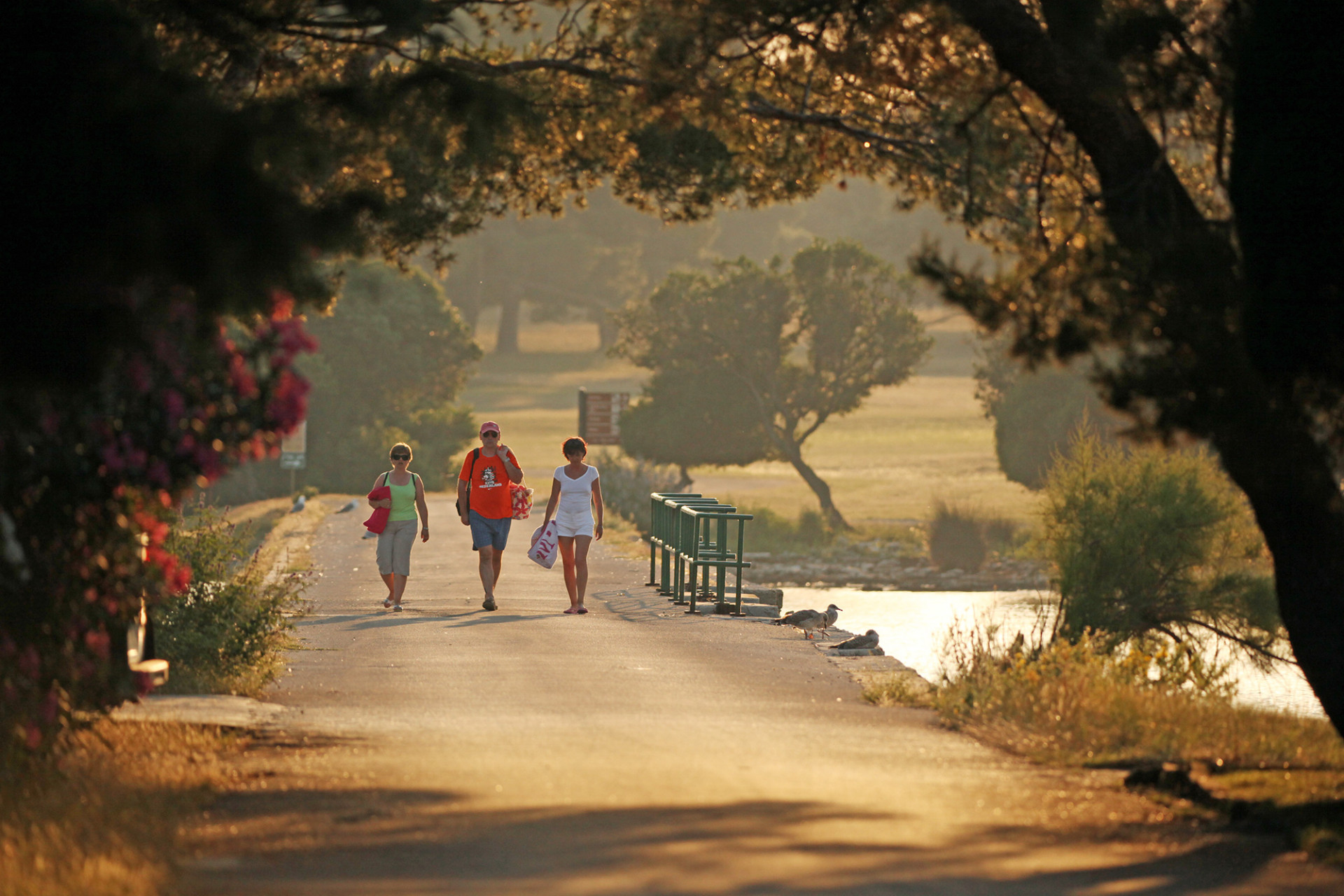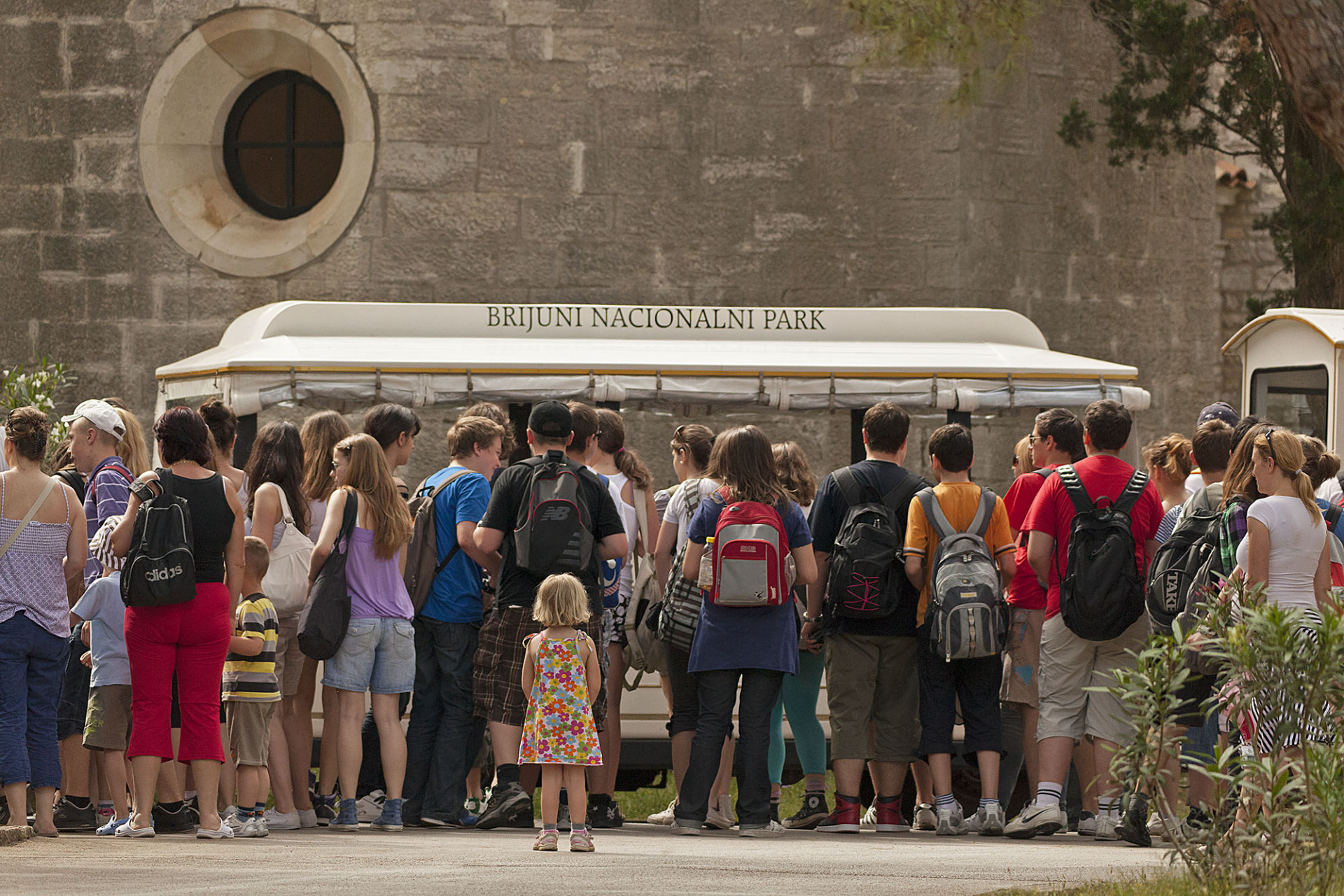When you arrive to the Safari Park, approximately 9 ha of surface area, you will be able to meet around 80 herbivores, mostly from Africa and Asia, and increasingly more autochthonous species as of late. During the pause, you will have plenty of time to approach the animals and take a break at the Café Sony i Lanka.
Panoramic west side ride
The panoramic ride continues on the western side of the island. There are 2 Brijuni islands on the horizon, the first island of a circular shape is Vrsar, and behind it the long and narrow one is the famous Vanga island. Vanga island looks like an open shell and consists of the northern, residential, and the southern, business part. The island of Vanga also represents government-owned properties where vacation is provided for high-level political officials.
As the ride continues, you will notice evergreen undergrowth called maquis. About 400 different herb species are registered on the island, from unique forests of holm oak and laurel to beautiful wild orchids and exotic plants such as umbrella pine, cedar and sequoias.
After the Brijuni residential villas on the elevated part with the antennas, you will see the Austro-Hungarian fortress Tegetthoff and after that the empty pools of the zoo that existed here until 1995. According to the legal provisions, all the carnivores have been moved from here to the zoos in Zagreb and Osijek, and today only herbivores live here and are free to roam everywhere. Before the next stop you will visit the remains of a Roman villa in Verige Bay.
Walk in the national park
Part of the excursion is a visit to museum, permanent exhibitions and St. German’s Church, as well as a walk to the Boathouse, the Interpretation and Education Center of the Brijuni National Park. The permanent exhibition is presented in an innovative and interactive way and visitors can independently discover, learn and find out a great deal of information about the cultural, historical and natural heritage of the islands. The Boathouse, a building characterized by Secession stylistic features, was erected in 1902 by Paul Kupelwieser, an Austrian industrialist and the owner of the islands at the time.
 Parks of Croatia
Parks of Croatia
 EU projects
EU projects English
English


